We train up to three times per week with a passionate team under guidance of Roman. Our training offers beginners very good conditions and an old school family style atmosphere.
We exercise in groups and when needed in focused single sessions. Our training has a clear structure, is based on personal relation and is focussing on selfdefense.
Our training is using clear goals and is certified and building people up. We are challenging the body to its limit. We are embeded in a broad organisation and we are exchanging regularly on our contents of trainging.
Our team is very experienced and has the skills needed to teach, we are not paid for this job. We do what we love and love what we do.
We offer the best relation between costs and content in Zurich and we have by far the longest trial training.
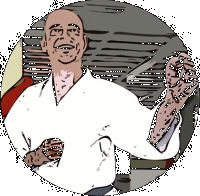
Head instructor Roman - 2nd Dan Goju Ryu Karate, Krav Maga Selfdefense Instruktor
I was infected with the Goju Ryu virus in 1995, when a colleague dragged me along to a self-defense course as an appendage. This turned into more nearly 30 years.
In the meantime I had a few detours at Kyokushinkai and Shotokan dojo's. In 2004 I achieved my Shodan thanks to my old Sensei Christian Fischer. In 2020 I completed the course to become a certified Krav Maga instructor: KMS Self Protect under guidance of a police instructor including weapons training. Selfdefense is my main focus which I train personally every week.
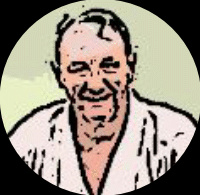
Christian - 4th Dan Goju Ryu Karate
Christian is teaching Goju Ryu since more than 30 years. He was leading the Dojo from 1989 until 2004 and is contributing with his broad knowledge and know how. He is supporting our black belts in their development.
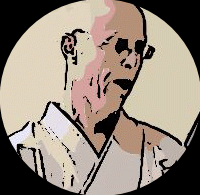
Pascal - 3rd Dan Goju Ryu Karate, esa certified sport instructor
Pascal joined us in 2020 and is teaching Goju Ryu for over 25 years. He has absolved the ESA sport trainer courses under guidance of the Swiss federal BASPO (ESA: adult sport trainer education for high quality standards of sport training) and is continously educating himself.
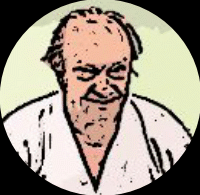
Urs - 3rd Dan Goju Ryu Karate Hastings UK
Urs is a "old Goju Ryu hand". He has trained many years in Hasting where he absolved the 3. Dan in Goju Ryu. He is also training Kobudo and Krav Maga and is part of the Shobukan team for more than 20 years. His special skill is defense against weapons.
Assisting Trainers
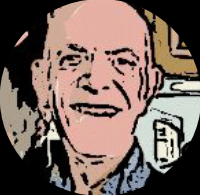
Max - 2nd Dan Goju Ryu Karate
Max absolved the 1. Dan in 2019 and the 2. Dan in 2023 and is assisting the Shobukan team as trainer.
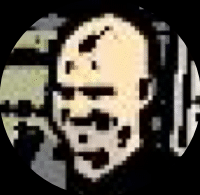
Silvio - 2nd Dan Goju Ryu Karate
Silvio absolved the 1. Dan in 2019 and the 2. Dan in 2023 and is assisting the Shobukan team as trainer.
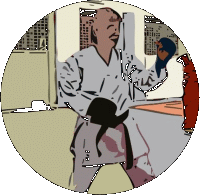
Evi - 1st Dan Goju Ryu Karate
My karate path began in the mid 90's at the Shobukan Dojo. My motto: "If you train only once, you won't get anywhere. If you train twice, you get hooked and then train until you drop."
Sanchin Kata is like real life: anchor yourself to the ground, claim your place, and respect yourself and others.
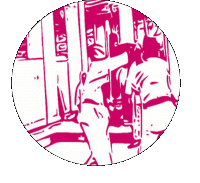
Elio - 1st Dan Goju Ryu Karate
Karate is one of my favorite hobbies. Already as a child I knew that I wanted to practice a martial art. The first time I learned about karate was through television. I was fascinated by how the "good guys" put the "bad guys" in their place by using their heads and full control of their bodies. In my mid-twenties, I thought it was too late to start. As it turned out, that was wrong. Today I know it is never too late to start karate. I myself started training at the age of 41.
The modular Structure of Karate-Training
The structure of the Goju Ryu karate training is based on modules. Each module covers a range from learning a technique up to using it in self-defense and combat.
Every training module has simple exercises for beginner’s first steps up to challenging exercises that push also well-trained athletes to the limit.
Our training is always based on our most important rule: Karate never begins an attack, that is only for self-defense
二, 空手 に 先手 無 し
Training modul Kihon 基本 - the basics
The Japanese term Kihon refers to the basic school of karate techniques. Kihon is not only for beginners the most important form of training, since this is about practicing instinctive reactions. Repetition of movement is one of success keys. Kihon includes block and attack techniques and movement patterns, such as attack or evasive maneuvers.
Training modul Kata 形型 - the toolbox
From the beginning Kata were a memory tool for self-defense techniques. A Kata is a flow of movements with defensive and offensive patterns. The direction of movement is constantly changing.
The specific patterns and elementary tactics of each karate style reach their full potential only in a Kata. These sets of offensive and defensive techniques simulate phases and rhythms of a fight. They are the memory of Karate.
The original power of Goju Ryu with dynamic and natural movements follows the pulse of a fight. Changes between stable and dynamic positions are very typical. The attack follows on defense with short and flowing combat tactics.
Trainingsmodul Bunkai 分解 - getting real
In module Bunkai the going gets tough. You use techniques from the kata against real attacks. A kata is a form that doesn’t change much and also not adapt to your individual possibilities. This is exactly what happens in a Bunkai. You're creating individual movements from the Kata. You fit yourself to the situation and the attack. A positive side effect: you learn a deeper understanding of the movements in the kata.
Training modul Kumite 組手 - the fight
In Kumite you practice a one to one fight. Particularly important are flexibility, speed and the ability to respond to unforeseen situations. Apart the physical training Kumite serves also the purpose to get used to the mental struggle to follow a fight instinctively.
Belts and exams
The belt system is a modern invention. Each belt color represents a level, from the first stage in pure white, to the highest level in Black.
Our training program is based on these levels. Each level has its main techniques, Kata, Bunkai and Kumite exercises. The degree increases with each level. If you are ready for the next stage it becomes time for examination. Exams are held twice a year. As a member of the Swiss Karate Federation our Belt exams are internationally recognized and are registered in a personal Karate pass.
Do you have a smart workout plan?
Most people do not.
In fact, usually you have no idea about the optimal amount of exercise, frequency or intensity. You just go by your feeling. But if you want to achieve constant improvement, you have to build a solid, long-term strategy in order to know exactly how much, how often and how intensive you should practice karate.
What happens when you're training? Your body is exposed to stress, you burn energy and your body releases molecules. You reach a catabolic state.
Now the recovery phase begins. The body heals itself in response to the training stress and the energy is restoring. This is the anabolic state. Your body is not going back to the same state as before, but something more to be ready for the training stress. You reach the stage of super compensation.
Your next workout should run exactly in this stage. Why? If you’re training too early, your body will not have time to rest and super compensation, which will ultimately result in an over trained state. If you’re training too late, your body falls back to the old level and you won’t improve.
Go as often as possible to the dojo, but stop immediately if you realize symptoms of an over trained state notice (joint pain, no concentration, persistent muscle soreness, malaise, etc.) Generally you should feel better yourself after EVERY workout.







